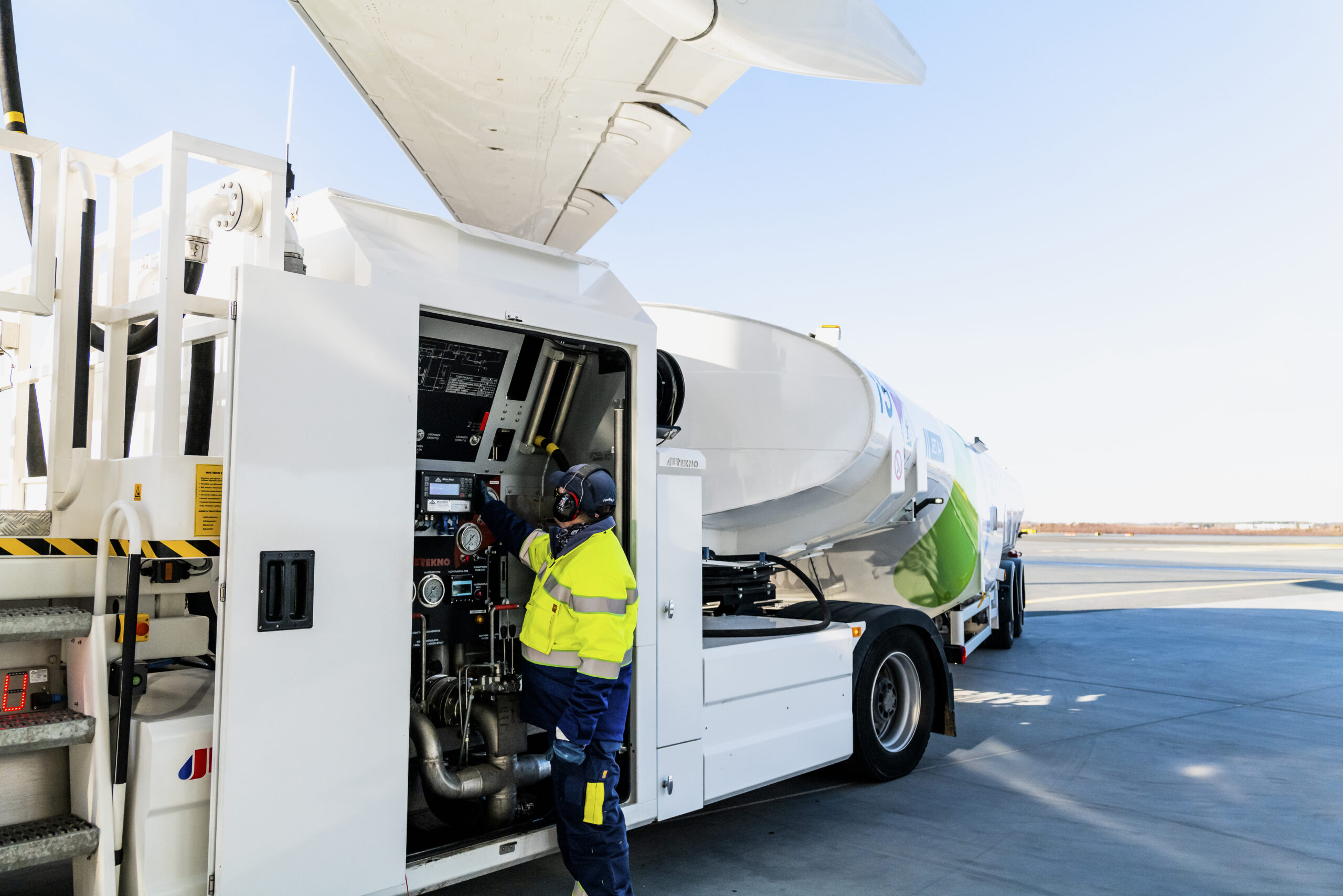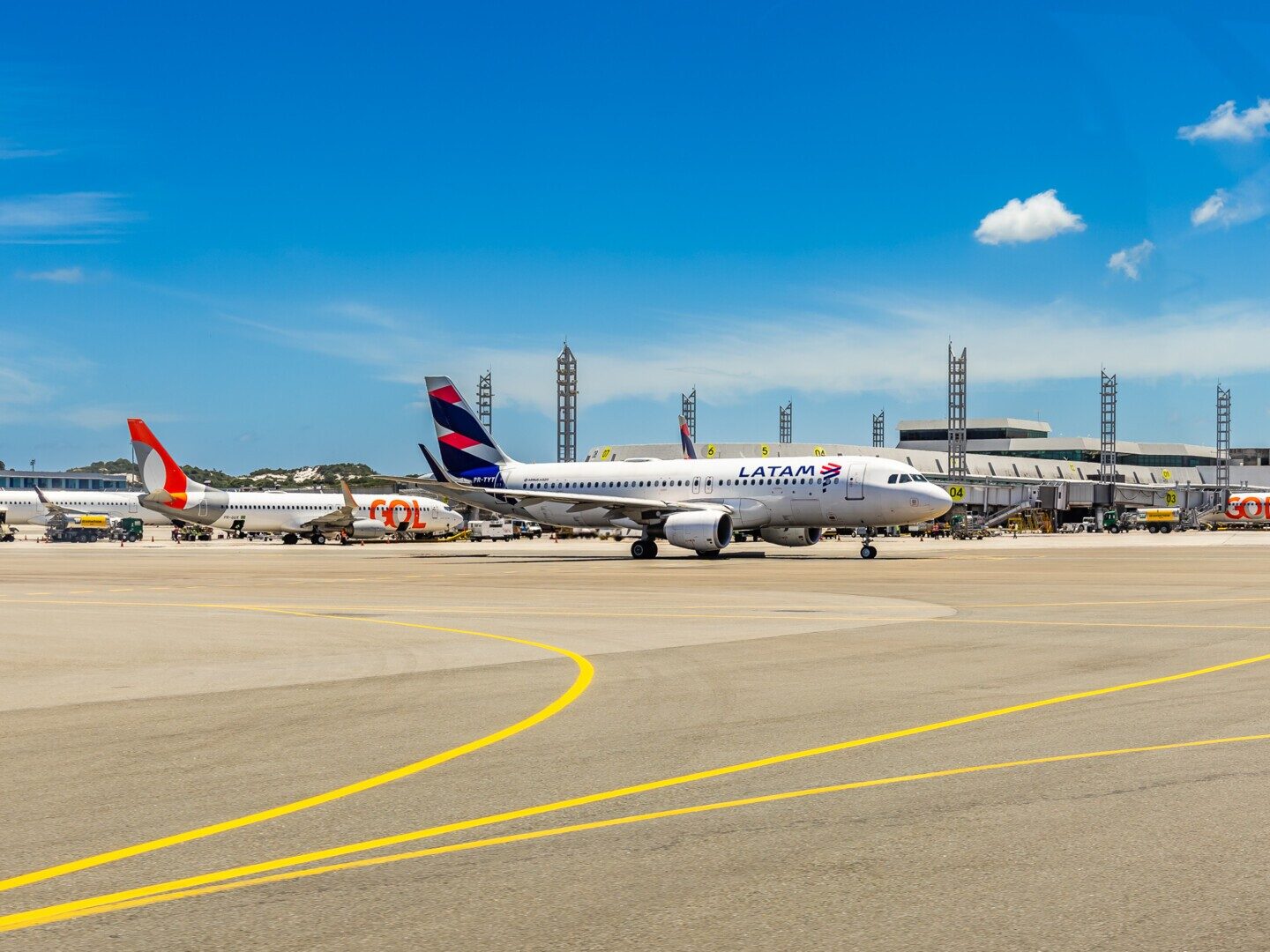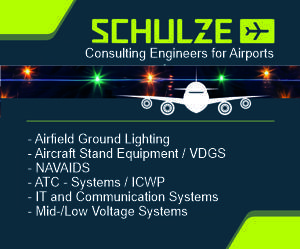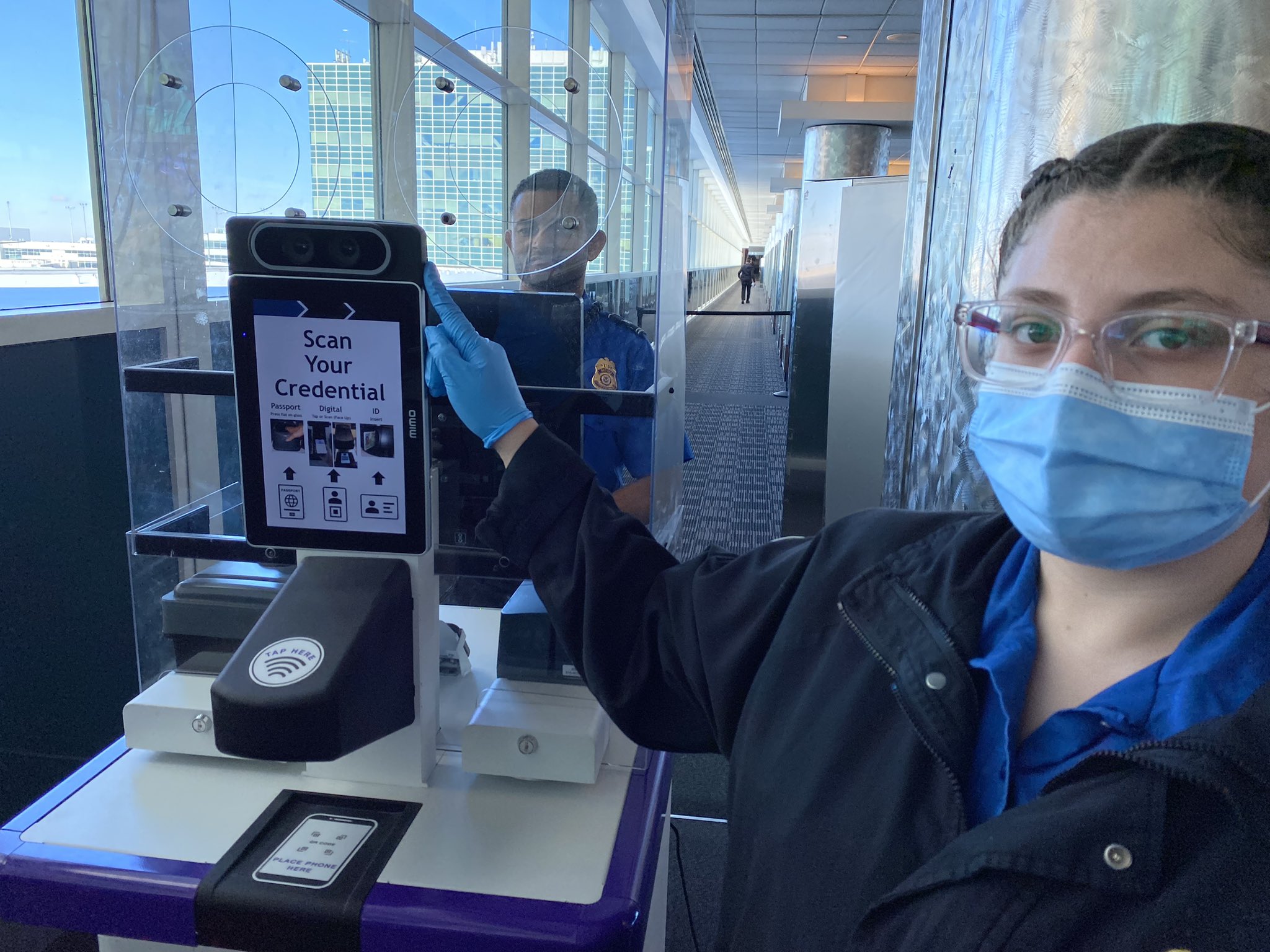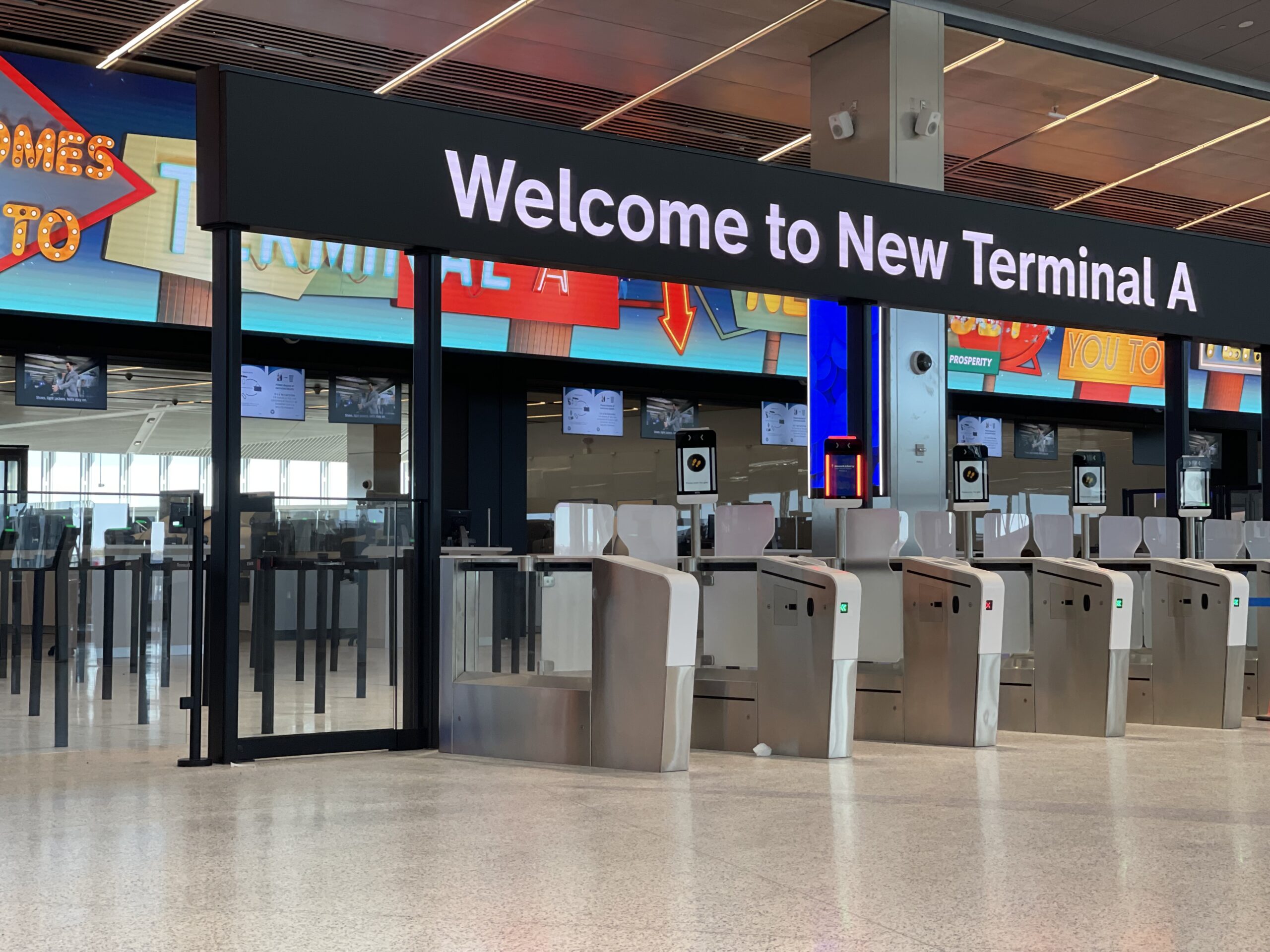Neste has delivered over 500,000 gallons (1,500 metric tonnes) of Neste MY Sustainable Aviation Fuel™ (SAF) to Los Angeles International Airport (LAX).
This SAF delivery was enabled through a close co-operation with LAXFUEL, a consortium of airlines operating at LAX who have provided the jet fuel supply infrastructure at the airport.
This delivery marks the the first time that SAF has been delivered into LAXFUEL’s infrastructure using barges for transport.
This first large volume delivery of SAF to LAX significantly increases the availability and accessibility of SAF at one of the busiest international airports and aviation hubs in the US.
SAF is touted a key product for helping to reduce the aviation industry’s emissions. However, one of the key challenges facing the industry is making SAF available in large enough volumes.
Although smaller deliveries of SAF have been delivered in trucks and used for flights out of LAX in the past, this marks the first time that SAF has been delivered in large volumes as a ready-made fuel blend into the existing fuelling infrastructure at LAX.
John Trozzo, Chairman of LAXFUEL Corporation said:Sustainable aviation fuel is the fastest, most effective means we have to reduce the greenhouse gas emissions from air travel. We now have the means to supply this low-emission fuel in larger volumes not only to the airlines flying from LAX but also to other airports in the region serviced by the broader fuel infrastructure managed by LAXFUEL in California. This partnership with Neste proves that we have the capability to immediately implement this fuel as a low-carbon solution. It also provides a sound basis for scaling up future deliveries to airlines.
Using Neste’s MY Sustainable Aviation Fuel™ reduces greenhouse gas emissions by up to 80 percent over the fuel’s life cycle compared to using fossil jet fuel. It is produced from sustainably sourced renewable waste and residue raw materials, including used cooking oil and animal fat waste.
The SAF is then blended with conventional jet fuel and works seamlessly with existing fuelling infrastructure and aircraft engines.

